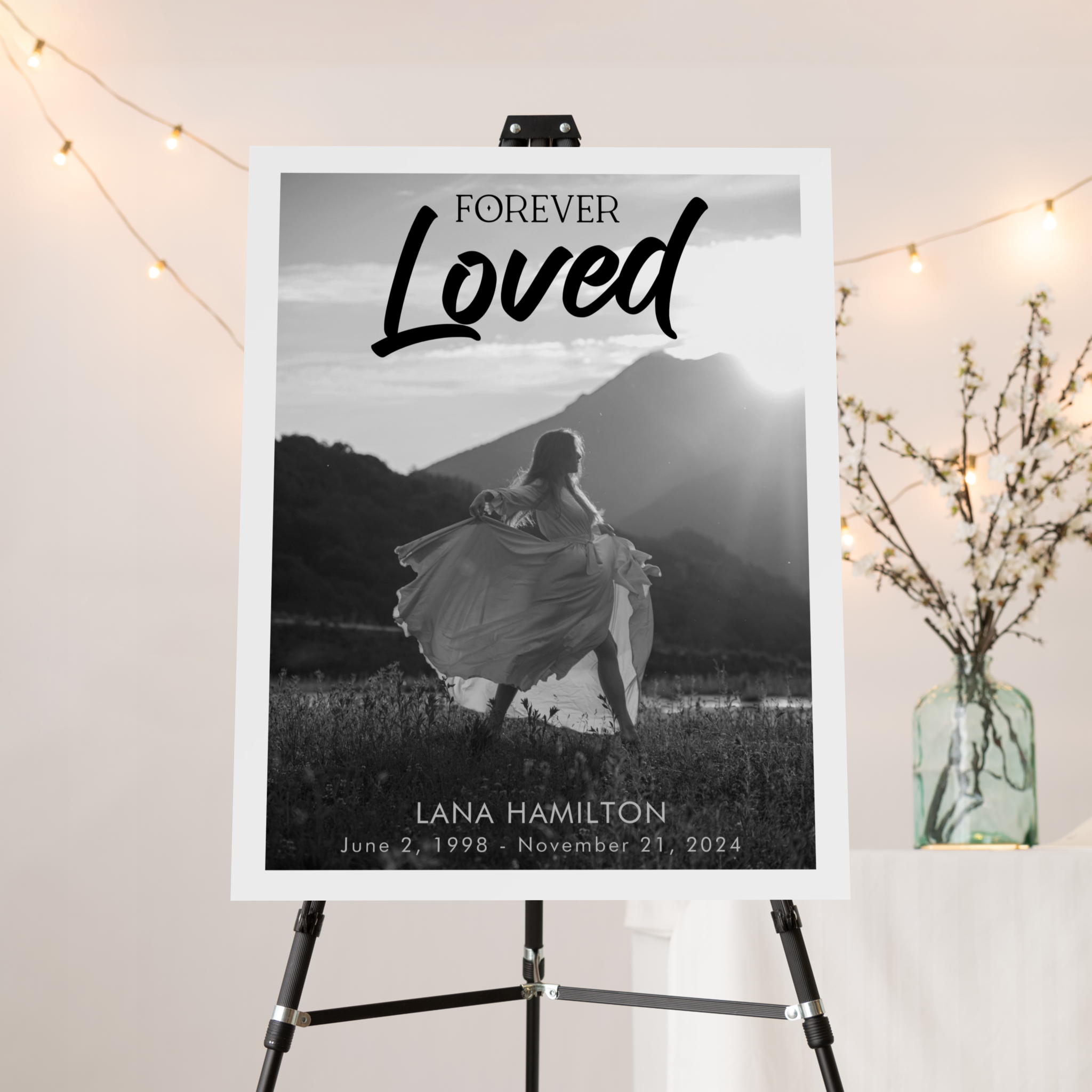We may earn money or products from the companies mentioned in this post. As an Amazon Associate I earn from qualifying purchases. Disclosure of Material Connection: Some of the links in this post may be "affiliate links." This means if you click on the link and purchase an item, I will receive an affiliate commission.
Funeral programs are more than event outlines—they’re cherished keepsakes that honor a life well-lived. Yet, in the fog of grief, even small errors can amplify stress or unintentionally overlook meaningful details. Whether you’re designing a program yourself or working with a template, avoiding these 10 funeral program mistakes ensures your tribute reflects the love and respect your loved one deserves.
10 Funeral Program Mistakes to Avoid: A Compassionate Guide to Creating a Flawless Tribute
1. Typos and Grammatical Errors
Why It’s a Mistake: Misspelled names, incorrect dates, or grammar issues can feel disrespectful and distract from the tribute’s purpose.
How to Avoid:
- Print a draft and ask 2-3 trusted friends or family members to proofread.
- Double-check birth/death dates, venue names, and spellings of relatives.
- Use tools like Grammarly or Hemingway Editor for clarity.
2. Overlooking Cultural or Religious Traditions
Why It’s a Mistake: Failing to include meaningful rituals or symbols can alienate mourners or misrepresent the deceased’s beliefs.
How to Avoid:
- Consult family members about traditions (e.g., including a prayer in their native language).
- Research symbols (e.g., lotus flowers for Buddhist services, Psalms for Christian ceremonies).
3. Poor Image Quality
Why It’s a Mistake: Pixelated or blurry photos diminish the program’s emotional impact.
How to Avoid:
- Use high-resolution images (300 DPI or higher).
- Avoid stretching small images—crop instead or use svg files.
- Test-print a sample to check clarity.
4. Overcrowding the Design
Why It’s a Mistake: Too much text or cluttered layouts overwhelm readers and dilute the tribute’s focus.
How to Avoid:
- Stick to essential details: order of service, biography, and key photos.
- Use bullet points, short paragraphs, and white space for readability.
5. Skipping Personalization
Why It’s a Mistake: Generic templates can feel impersonal, failing to capture the uniqueness of the departed.
How to Avoid:
- Add hobbies, favorite quotes, or a handwritten note.
- Use themed designs (e.g., gardening motifs for a nature lover).
6. Ignoring Printing Practicalities
Why It’s a Mistake: Choosing glossy paper that smudges or selecting an awkward size (e.g., too small for elderly guests to read).
How to Avoid:
- Opt for matte or linen finishes to reduce glare.
7. Forgetting Essential Details
Why It’s a Mistake: Omitting the order of service, pallbearers’ names, or livestream links leaves guests confused.
How to Avoid:
- Use a checklist:
- Full name, birth/death dates
- Service times, venue address
- Officiant’s name, musical selections
- Memorial donation instructions
8. Using Inappropriate Fonts or Colors
Why It’s a Mistake: Overly decorative fonts or bright colors can clash with the solemnity of the occasion.
How to Avoid:
- Stick to classic fonts like Times New Roman, Arial, or serif styles.
- Use muted tones: soft blues, grays, or ivory with subtle accents.
9. Not Ordering Enough Copies
Why It’s a Mistake: Running out of programs mid-service adds unnecessary stress.
How to Avoid:
- Order 25-50 extra copies.
- Offer a digital version via email or social media for remote attendees.
10. Rushing the Process
Why It’s a Mistake: Last-minute edits lead to errors or overlooked details.
How to Avoid:
- Start early—aim to finalize the program 3-4 days before the service.
- Use editable templates (like those here on my shop) for quick adjustments.
Real-Life Example: A Lesson in Attention to Detail
When Sarah designed her father’s funeral program, she accidentally listed his birth year as “1975” instead of “1957.” A cousin caught the error hours before printing. By slowing down and triple-checking, she avoided a painful mistake.
FAQs About Funeral Programs
Q: Can I fix errors after printing?
A: Small typos can be handwritten, but major errors may require reprinting. Always order a test copy first.
Q: How do I include divorced or estranged family members?
A: Use neutral language (e.g., “Survived by children: [Names]”). Prioritize sensitivity over specificity.
Q: Are digital funeral programs acceptable?
A: Yes! Email or social media-sharing is eco-friendly and inclusive for distant loved ones.
Honor Their Memory with Care
A funeral program is a final act of love—a tangible reminder of the joy, faith, and connections your loved one brought into the world. By avoiding these common mistakes, you create a tribute that comforts mourners and celebrates a life well-lived.
Explore our easy-to-edit funeral program templates to simplify the process, or join our supportive community on TikTok @FuneralConfessions for more tips.
P.S. Grab our free Funeral Planning Checklist (with free funeral program template) here


